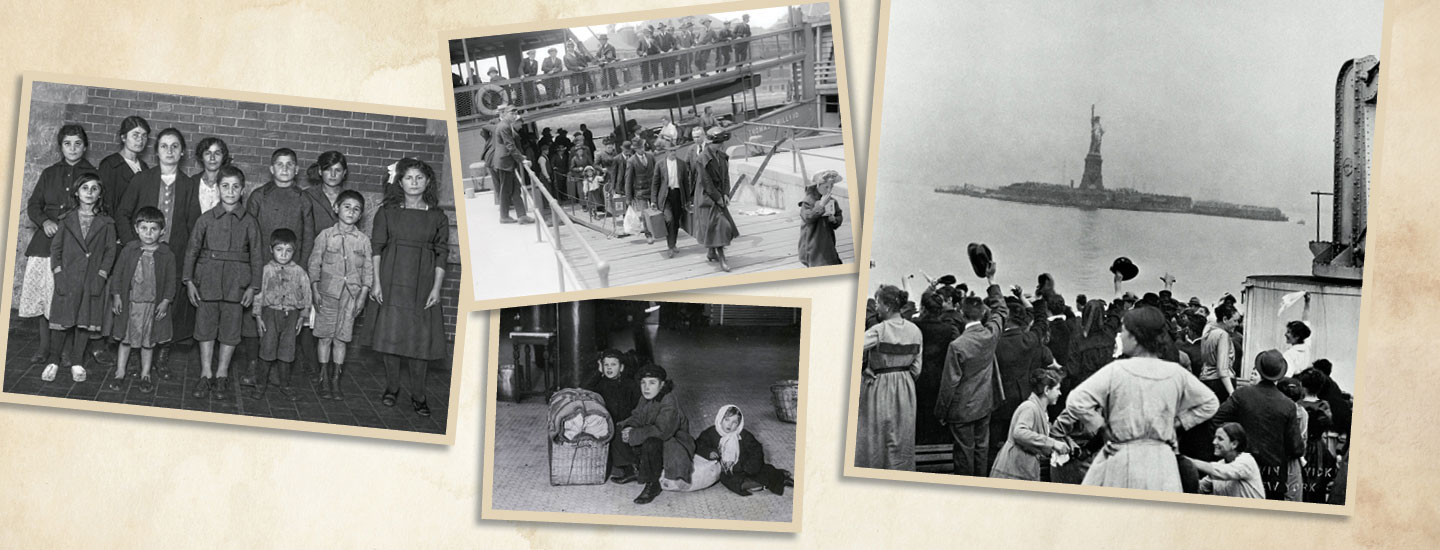Question: How can eyewitness accounts help us understand major periods of history?
NCSS: Culture • Time, Continuity, and Change • Power, Authority, and Governance • Global Connections
Common Core: RH.6-8.1, RH.6-8.2, RH.6-8.3, RH.6-8.4, RH.6-8.6, RH.6-8.7, RH.6-8.9, WHST.6-8.4, WHST.6-8.9, RI.6-8.1, RI.6-8.2, RI.6-8.3, RI.6-8.4, RI.6-8.6, RI.6-8.7, RI.6-8.9, W.6-8.4, W.6-8.9

